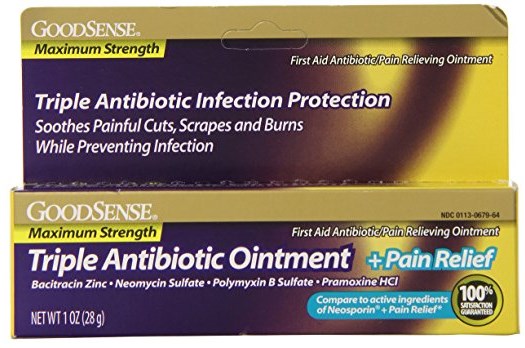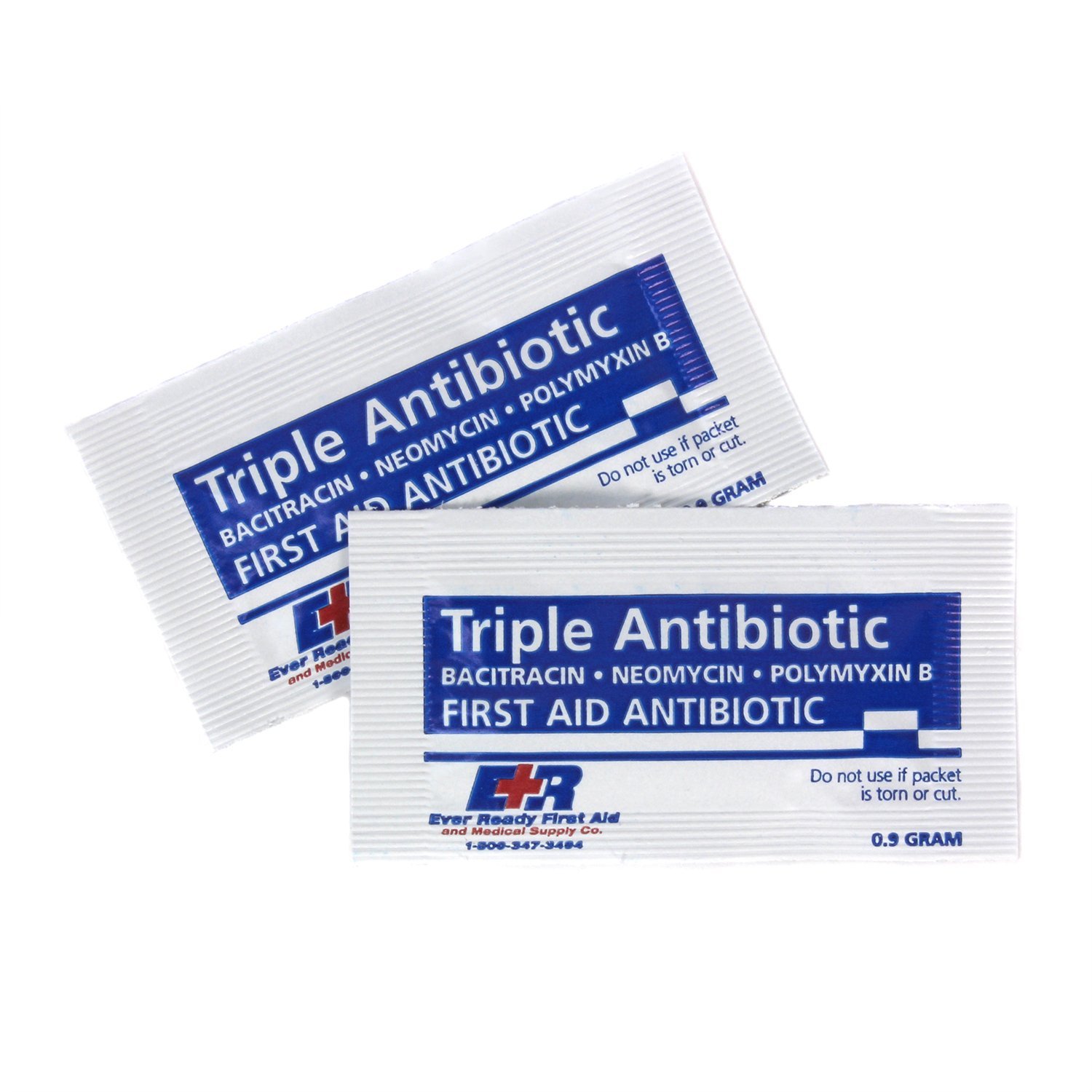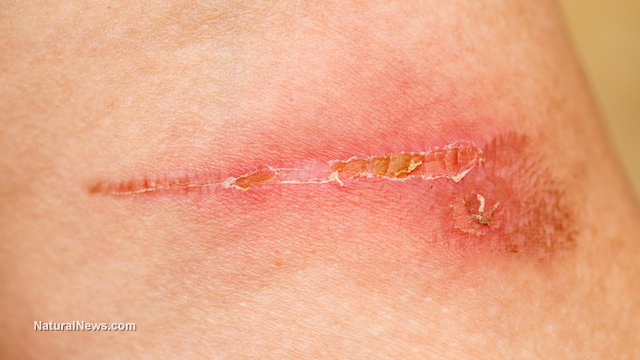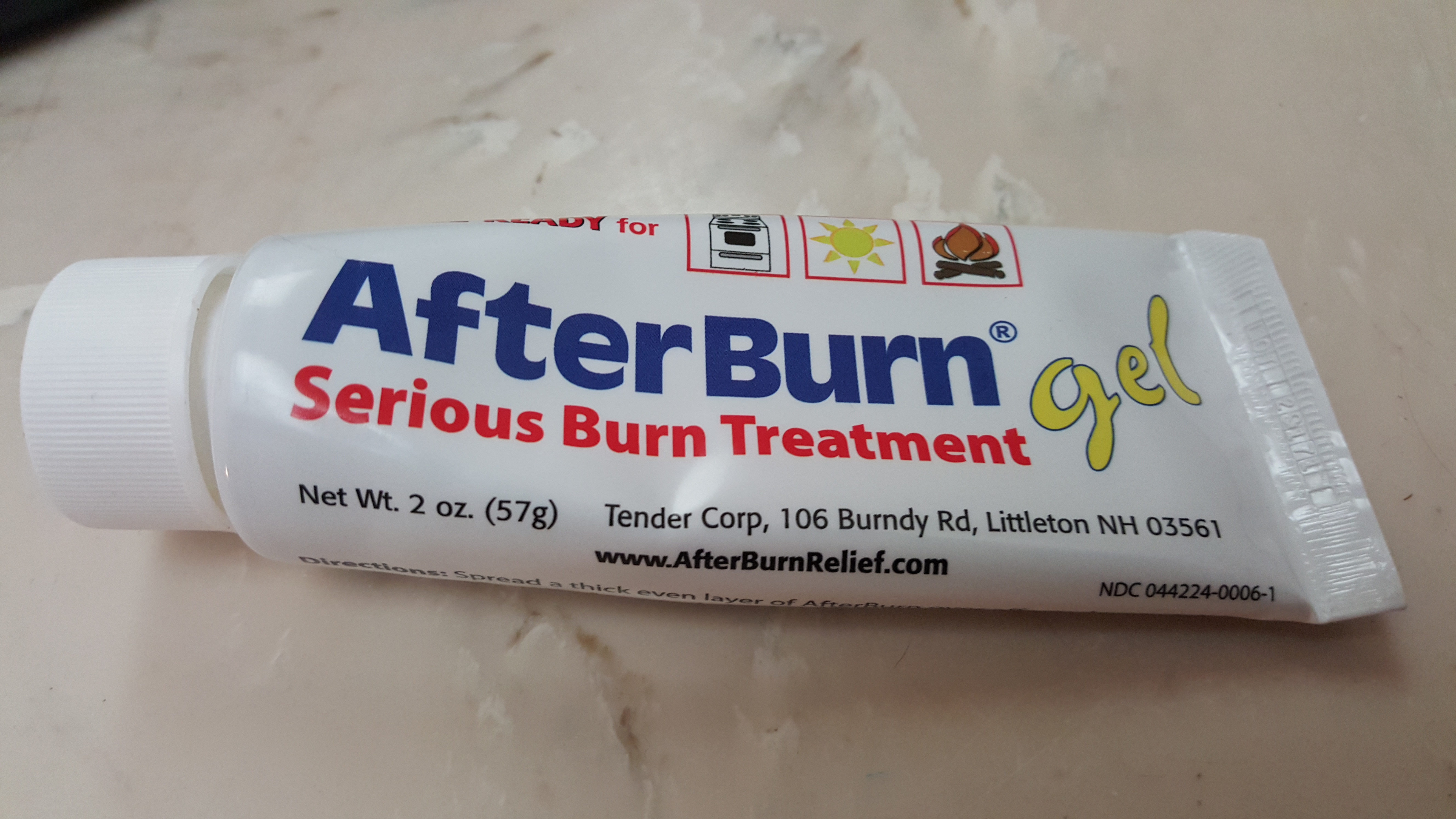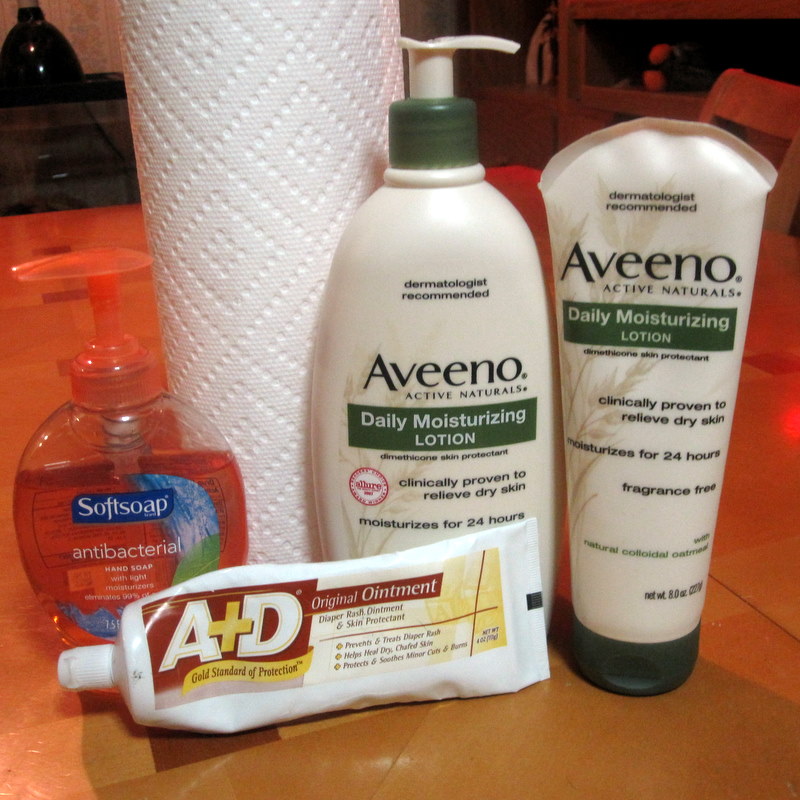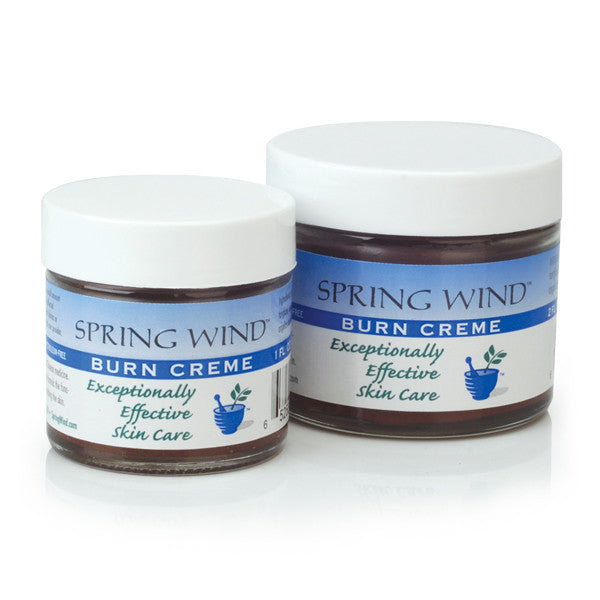Application of a topical antimicrobial agent to a burn wound is now a standard intervention that contributes to improved outcome following burn injury. However, the wide variety of available agents makes the choice of an appropriate agent quite challenging, especially in children with burns. Topical antimicrobial agents for the burn wound were developed in the 1950s and 1960s to deal with the problem of invasive infection of the burn wound.
Invasive infection of the burn wound leading to sepsis and death was commonplace . Aside from the recognized threat of burn wound sepsis, burn wound infections also may lead to wound conversion, skin graft failure, and prolonged hospitalization. The introduction of topical antimicrobial agents was a major advancement in burn care and proved to be responsible for important reductions in mortality from burn wound sepsis . Therefore, regardless of burn depth, topical antimicrobials are most importantly indicated when there is clinical suspicion of risk of infection, or when a wound infection is evident. Neosporin + Burn Relief Dual Action Ointment is an antibiotic ointment that provides infection protection and helps soothe minor burn pain.
Formulated for first aid wound treatment, it contains bacitracin zinc, neomycin sulfate, and polymyxin B sulfate for antibiotic care of minor burns and wounds. The topical analgesic ointment is also formulated with pramoxine hydrochloride to help soothe and reduce burn pain for maximum-strength relief. From the #1 doctor-recommended brand, this antibiotic and pain relief ointment provides maximum strength relief without any sting forburn treatment, including cooking burns.
Neosporin + Burn Relief Dual Action Ointment is a wound care essential to include in any burn care first-aid kit. For minor burns, soak the burn in cool water for at least 5 minutes. The cool water helps reduce swelling by pulling heat away from the burned skin.
Treat the burn with a skin care product from your first aid kit that protects and heals skin. This would include products such as aloe vera cream or an antibiotic ointment. You can wrap a dry gauze bandage loosely around the burn. This will protect the area and keep the air off of it. An over-the-counter pain reliever can help treat swelling, inflammation, and pain.
Many topical antimicrobial agents are cytotoxic to keratinocytes and fibroblasts, and as such have the potential to delay wound healing . In practical terms, among more superficial burns that are expected to heal on their own, it is more important to strike this balance. In these burns the goal is healing within 2–3 weeks of injury to reduce the likelihood of hypertrophic scarring . This capability was originally harnessed to successfully counter the problem of invasive burn wound infection and fatal septicemia from gram-negative species, especially Pseudomonas . The agent was initially produced as an 11% cream, but is also available as a 5% aqueous solution.
The most common use of mafenide acetate is for deep or infected burns where penetration of the antibiotic into the eschar is advantageous. For the same reason, the cream is also used for deep burns of the ear to prevent invasive infection leading to suppurative chondritis of the ear cartilage . More recently, 5% and even 2.5% MA solution have been used in all phases of burn wound care including application to unexcised burns and as a postoperative irrigation on freshly applied skin grafts . The deep second-degree burn in a child poses a more difficult challenge. The difficulty mainly arises from our imprecision in diagnosing this burn depth.
However, If the burn is truly a deep partial-thickness wound, there is a higher risk of a burn wound infection and early excision and grafting is the recommended approach. In this case, there is less concern over inhibiting spontaneous healing, and the risk to benefit ratio of standard topical antimicrobials such as silver nitrate, SSD, and mafenide acetate is lower. One practical consideration in this scenario is that SSD and mafenide cream leave a pseudoeschar on the wound which makes ongoing assessment of the burn depth even more difficult. This problem could be avoided with the 5% mafenide acetate solution. Antiseptic solutions such as Dakin's or acetic acid may also be considered but are less conventional.
Nanocrystalline silver-releasing dressings such as Acticoat® may also be a useful option as they require less frequent changes and do not produce a pseudoeschar. Although early debridement and closure are strongly recommended for deep dermal and full-thickness burns, there are situations where early surgical excision cannot be performed. Under these circumstances, the application of cerium nitrate , a salt compound of the rare earth element cerium, to these wounds may be beneficial. The first is that application turns burn eschar into a dry, hard, and adherent "shell" that protects the underlying wound from bacterial invasion. Eventually, when surgical excision of this cerium-hardened eschar is performed, the underlying granulation tissue is typically clean and suitable for grafting upon. The second effect is that cerium binds and inactivates the release of lipid protein complex which is a pro-inflammatory and immunosuppressive toxin produced when heat polymerizes skin proteins .
However, older literature has found conflicting results with respect to CN's effects on mortality . Paradoxically, many of the topical antimicrobial agents currently in use also have cytotoxic effects on keratinocytes and fibroblasts and have the potential to delay wound healing. Especially relevant to the pediatric burn patient are the antimicrobial agent's properties related to causing pain or irritation and the required frequency of application and dressings. This article will discuss the general principles surrounding the use of topical antimicrobials on burn wounds and will review the most common agents currently in use. This medication is used to prevent and treat minor skin infections caused by small cuts, scrapes, or burns.
It is available without a prescription for self-medication.Do not use this product over large areas of the body. Ask your doctor first before using this product for serious skin injuries or infections (e.g., deep cuts, puncture wounds, animal bites, serious burns). A different treatment may be necessary for these types of conditions.This product contains neomycin, bacitracin, and polymyxin, antibiotics that work by stopping the growth of bacteria. This medication prevents/treats only bacterial skin infections. It will not work for other types of skin infections (e.g., infections caused by fungi, viruses). Unnecessary use or misuse of any antibiotic can lead to its decreased effectiveness.
Antibiotic (an-ti-bahy-OT-ik) ointments or creams are often used to prevent or treat infections in patients with second-degree burns. Using these ointments may require the use of bandages. Your doctor can assist you in coordinating the dressing changes with your pain medication. Dressings can be soaked off with water in a sink or shower.
The skin and the burn wound should be washed gently with mild soap and rinsed well with tap water. Use a soft wash cloth or piece of gauze to gently remove old medications. A small amount of bleeding is common with dressing changes. Your doctor will decide on the appropriate dressing and ointment. This will be based on the location of the burn, the need to control drainage, and your comfort.
Certain wounds, such as scrapes that cover a large area of the body, should be kept moist and clean to help reduce scarring and speed healing. Antibiotic ointments help heal the scrape and prevent infection. Most minor cuts and scrapes will heal just fine without antibiotic ointment, but it can help the wound close up and help reduce scarring.
Third-degree and more severe burns damage both layers of the skin and may also damage the underlying bones, muscles, and tendons. Sometimes there is no pain because the nerve endings under the skin are destroyed. This surgery, done with general anesthesia, removes the injured skin and replaces it with healthy skin from an uninjured area of the body. Full thickness burns that are not grafted may take months or even years to heal.
Burn survivors may have a combination of first, second, and third degree burns. Talk with your health care providers to better understand your specific injuries. An antibiotic ointment contains an antibiotic within a water-in-oil emulsion where the volume of oil exceeds that of the water. Thus, such ointments provide not only an antibacterial effect but also they create a moist wound healing environment. Hence, these agents are optimally suited for superficial burns where spontaneous healing is expected.
While the spectrum of bacterial coverage tends to be limited, these agents are relatively free of complications. In general, the ointments are applied two to three times daily as a thick layer for moisture retention and then are covered with a non-adherent dressing layer followed by gauze . Mostly they are soothing to apply, easier to clean off than creams such as SSD, and tend to be reasonably well tolerated by children. Since superficial burns have a preserved blood supply and perfusion through much of the dermis, they typically will become colonized but less frequently develop invasive burn wound infections. In contrast, deeper burns are covered by an avascular layer of moist and protein-rich dead skin , which fosters bacterial proliferation and invasion, leading to burn wound infection. Furthermore, generalized immunosuppression associated with major burn injuries predisposes the patient to local burn wound infection.
When bacteria in the eschar penetrate surrounding uninjured tissues and invade the bloodstream, fatal sepsis may result. Hence, there is an important need to suppress bacterial growth with topical agents, especially in deeper burns, to prevent invasive burn wound infection and its life-threatening consequences. Wounds that are moist heal more quickly compared to wounds that are not moist. Use antibiotic ointment for cuts and scrapes to keep them moist.
Creams and ointments also help prevent bandages from sticking to the wound. Apply a thin layer of antibiotic ointment to a wound to help keep it moist and help reduce the risk of infection. Bacitracin and Neosporin are over-the-counter antibiotic ointments used to prevent infection of minor skin injuries such as cuts, scrapes, and burns. Bacitracin ointment is available in generic form and contains only bacitracin.
One problem with MA is its lack of antifungal activity. Addition of nystatin to MA is used to avoid fungal overgrowth with prolonged use of MA. Another disadvantage is that MA is painful on application, especially on more superficial wounds. To some extent, this problem has been reduced by using the 5 and 2.5% solutions .
Like other topical antimicrobials, MA is cytotoxic to fibroblasts and keratinocytes and may impede wound healing. In vitro studies suggest that concentrations as low as 0.1% are toxic to these cells . Another adverse effect is that MA is a carbonic anhydrase inhibitor and may cause severe metabolic acidemia with compensatory hyperventilation when it is repetitively applied to large surface areas. For this reason, mafenide acetate cream is usually reserved for smaller deep burns, or it is alternated with SSD on larger burns.
Acid-base disturbances were not seen with use of the 5% solution in a study of nearly 700 adult and pediatric burn patients . Finally, MA may occasionally cause a local rash or skin irritation . In vitro, nanocrystalline silver dressings have shown antimicrobial activity against a broad spectrum of bacteria, antibiotic-resistant organisms, as well as yeasts and fungi . This might be especially beneficial in the pediatric burn population. Similar findings of reduced hospitalization and cost by use of outpatient nanocrystalline silver dressings as opposed to inpatient SSD for pediatric patients with scald burns have been reported .
Similarly, there is conflicting evidence on whether silver-releasing dressings impede or promote re-epithelialization . All burn wounds in children are initially treated by cleansing of the wound followed by application of a topical antimicrobial agent. The choice of an agent is complicated by the wide variety of products that are available.
In all cases, the goal is to achieve a stable healed wound within 2–3 weeks of injury. A 0.5% silver nitrate solution has been used as a topical antimicrobial agent for burn wounds for over half a century . However, the liberated free silver ions readily precipitate with chloride and any other negatively charged molecules, inactivating the silver, and creating inert silver salts. Consequently, silver ions do not penetrate deeply into the eschar and must be frequently replenished by keeping the gauze dressings on the wound continuously wet with the 0.5% AgNO3 solution. Furthermore, these silver salts stain everything that they contact, from the wounds to the dressings to the patients' bed linens and room surfaces, with a brown-black residue.
Poor eschar penetration and labor intensiveness are considered the main drawbacks of AgNO3. Also, the margin between silver nitrate's antimicrobial activity and cytotoxicity is narrow; Moyer recognized that a 1% concentration of AgNO3 harmed re-epithelialization of partial-thickness burns . Bacterial conversion of nitrate to nitrite may rarely lead to methemoglobinemia . Silver sulfadiazine belongs to the class of medications called topical antibiotics. It is used to treat and prevent infection of skin wounds, especially for victims of serious burns.
It may also be used in leg ulcers, skin grafts, surgical incisions, and minor cuts and scrapes. It is applied directly to the wounded area and works by stopping the action of bacteria that may cause infection. The active ingredients in both products are antibiotics, so they help prevent infection from minor injuries.
These include scratches, cuts, scrapes, and burns to the skin. If your wounds are deep or more severe than minor scratches, cuts, scrapes, and burns, talk to your doctor before using either product. If any signs of infection develop, patients should be referred to a burn unit. Superficial partial-thickness burns are expected to heal within 2 weeks, and the goal here is to optimize conditions for rapid epithelialization. These conditions are, first, to maintain a moist environment and second, to avoid cytotoxicity to keratinocytes. Hence, most of the standard topical antimicrobials such as SSD, silver nitrate, mafenide acetate, and the antiseptic solutions are not ideal.
These agents are effective antimicrobials but all appear to have the potential to inhibit wound healing. The risk to benefit ratio with these agents for a superficial dermal burn is high. If there is a break in the burn wound, a skin infection could occur. Bacteria can enter the wound through the opening that has been created. Some doctors prescribe antibiotic creams or ointments to keep wounds from getting infected after surgery.
Although infections still happen at hospitals and ambulatory surgery centers, the risk of an infection is fairly low. And topical antibiotics for your skin don't lower your risk of infection. Other measures, such as good handwashing by staff, work better to prevent infection. Petroleum jelly can help wounds heal by keeping them moist. Plus, it's cheaper and less likely to make the wound sore. You will have been prescribed silver sulfadiazine cream to prevent, or to treat, a bacterial skin infection.
It is particularly helpful in preventing burn wounds and small skin grafts from becoming infected. It is also prescribed to help treat infected leg ulcers and pressure sores. It works by killing the germs responsible for skin infections. Bacitracin is an antibiotic cream or ointment applied to the skin to help treat and prevent infection and aid in the healing of burns.



